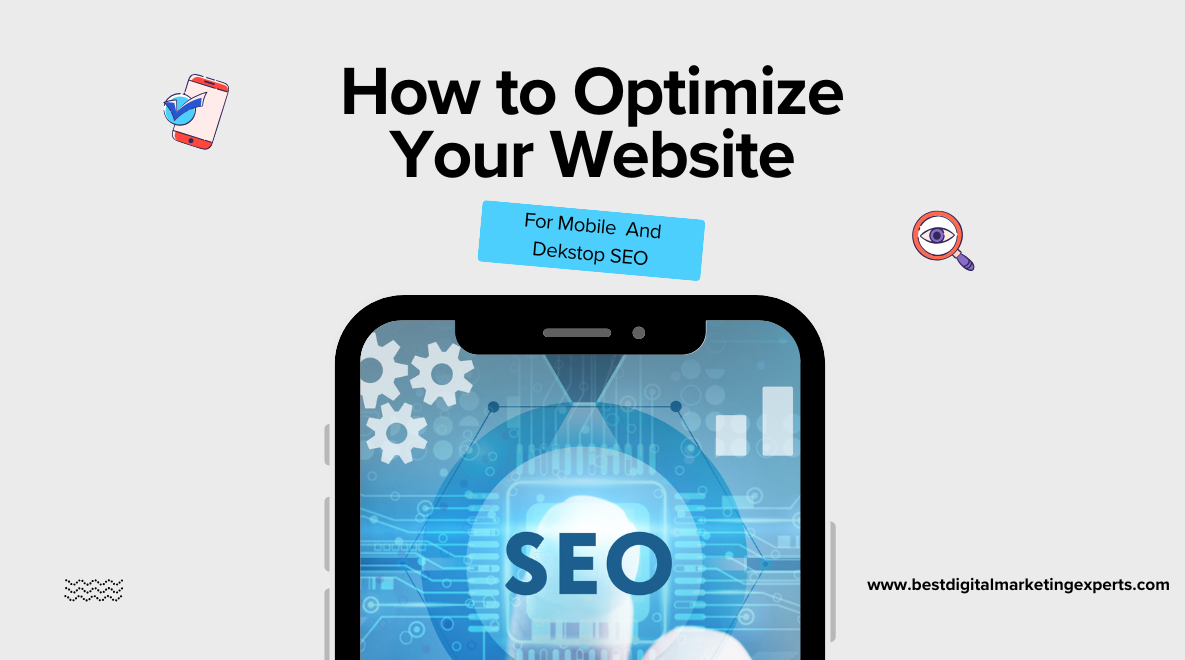Welcome—Riding the Digital Tide: Why the August 2025 Update Should Be Your New North Star
The online world is lurching again, and the August 2025 Core Update is the latest wave. Did your traffic tank for a seemingly no-reason midnight drop, or is your site suddenly bearing the spotlight for a term you never targeted? The shift isn’t random; it’s how Google’s engineers are reshaping online trust and quality. With search engines sending 86% of people to what they read and buy, paying attention isn’t optional—it’s basic survival.
In the sections to follow, we pull back the curtain on this reshuffle. You’ll see the behind-the-scenes gears, the ripples already sweeping through YouTube sellers and brick-and-mortar click-to-call brands, and, most important, the step-by-step playbook to turn turbulence into your team’s next win. Read on to discover the concrete tweaks you’ll need to pad your site’s performance for what happens when the next wave, big or small, hits.
What’s the August 2025 Google Core Update All About?
Google’s Goal: Honoring Real, Helpful, Human-Centred Writing
On August 15, 2025, Google launched a big core update meant to spotlight only the most useful content made for real people, not for tricks to fool a bot. This step keeps Google’s promise to show the best, most trustworthy answers for every question, while pushing down sites that publish junk. So, what’s different?
Real skill wins. Pages that show real, in-depth knowledge jumped up, while low-effort, AI-only copies got the boot.
E-E-A-T rules got tougher. Google keeps a sharper eye on clear author bios, proof of skill, and strong links to trusted documents—especially for money, health, and lifestyle sites.
Super-smart AI checks. Google’s learning tools dig even deeper to find thin, duplicate, or “content farm” pieces that contradict the promise of quality, even on once-trusted domains.
What It’s Doing to the Industry—The Ups, The Downs, and the Shakes
Small sites and individual bloggers: If they published fresh stories and real perspectives, they bounced back and gained steady visitors, often by giving clear “this worked for me” tips.
Media giants: Big publishers lost 17–55% of site visitors on even their best-known articles, as AI-generated Overviews kept users scrolling and clicking before they ever reach the original piece.
Affiliate marketers, thin-review pages, and low-quality directories: dropped for recycling content, surface-level tips, and sneaky tricks on buttons and links.
YMYL zones (health, money, legal, public information): site rankings jumped all over, with Google re-inspecting E-E-A-T and asking for inspectors on every bio.

Core Algorithm – How Google Assesses Pages Now
E-E-A-T Change Is Final, Not Optional
Cross-E-E-A-T isn’t just another note in Google’s advice boxes; it’s a red ink law for every URL trying to rank in 2025. Here’s what’s non-negotiable:
Experience: Does the person behind the post have real-world practice with the topic?
Expertise: Are diplomas, special training, and deep knowledge easy to spot?
Authoritativeness: Is the site dependable, listed in reputable directories, and cited by people who count?
Trustworthiness: Is every fact spot checked, backed by links, and presented without drama?
Example: A workout site run by a certified coach showing workout splits and a diploma outraces a keyword-stuffed, AI-written post winning the contest of page length.
AI’s Hand and Machine Help – Now, Search Favors the User
2025’s machine-learning update leans on AI to banish old tricks:
AI Quick Answers and Zero-Click: Google now shares bites of wisdom on the main feed, letting people skip clicks. Product review pages that relied on clicks to make money already feel the drop.
Featured snippets, summary boxes, one-question answers: neat, tight, and directly useful structures are now non-negotiable.
Intent overlap analysis shows that Google now looks past simple keyword matching to focus on the “why” behind a query, nudging entire user experience hierarchies to offer deeper, more thoughtful journeys.
Outdated Tactics Are Penalized (And What to Do Instead)
Stuffed keywords, rigged link farms, newspaper-thin blobs of text, doorway pages that lead nowhere, and trivia spat out by bots: Big, messy penalties.
In contrast, pages that lead with value-first, fact-checked writing, solid, on-topic internal linking, and a logical, user-friendly menu: Rank and glow.
August 2025 SEO Ranking Signals—What Actually Determines Your Position?
Search Intent & User Experience Take Center Stage
Content Depth & Relevance: Fully answering the query with substance and as few clicks as possible is now the baseline.
Author Credentials & Transparency: Short, thoughtful bios, sharable CVs, and a visible editorial process count as a trust dividend.
Mobile-First Indexing: Sites that still treat mobile as the second cousin to desktop will be pushed further down the flight of stairs.
Page Speed & Usability: Sites that zip, glide, and include features accessible to all eyes and hands get the happy nod.
Proven Stories—Sites That Soared and Those That Tanked
Recovery Case
A tiny health site, adding real doctors’ bios and medical references, pushed organic traffic up 19% by simply tightening authorship and validation.
Crash Case
A duplicate product data site, only pasting specs and skipping reviews, vanished from top 20 on key payments keywords overnight.
What Companies and Agencies Should Do—Locked-Play Strategy
Run an organization-wide E-E-A-T audit: Mark every page that lacks clear credentials or author bylines and close the gap.
Choose Human-Driven Material: Invest in in-the-field stories, expert chats, original metrics, and fresh insights.
Gear for Mobile and Pleasant UX: Cut loading time, polish mobile menu, and streamline on-page journeys.
Multiply Internal Linking: Steer visitors smoothly from related resources on your site, like services pages, blog articles, or education centers.
Keep tabs on your AI-driven metric findings by checking flow stats: traffic source types, click counts next to impression counts, then tweak articles for snippet, summary, or zero-click eligibility.
Rank-Response Task Kit
– PubMed, clinical, or domain authority citations listed alongside every fact.
– Snapshot-structured answers for summary, snippet, and “People Also Ask” spots.
– Speed and mobile speeds across core monthly testing.
– Schema, JSON-LD, or Microdata to clarify page purpose and entity roles.
– Author honesty: sharper, stronger, and verified bios for every education page.
Want to keep your search results strong and steady?
Reach out and ask us to review your website’s content, fine-tune those tricky details, or map out a winning plan. Safeguard your visitors, boost your credibility, and stay a step ahead of the next Google change.
Google Core Update Changes From 2024 To 2025
| Ranking Factor | 2024 Priority | August 2025 Update Priority |
|---|---|---|
| Content Depth & Relevance | High | Very High |
| Author Credentials | Medium | Essential |
| E-E-A-T Signals | Minor | Major |
| Originality/First-Hand Data | Medium | Critical |
| AI-generated Content | Neutral | Often Penalized |
| Mobile-First/Speed | High | Increased (esp. mobile) |
| Spam Detection | Moderate | Sharpened (esp. low-quality links) |
| Featured Snippet Eligibility | Important | Essential (for AI Overviews, zero-click) |
Conclusion—Retention Blueprint
The August 2025 Core Update hones in on dedicated expertise, experience signals à la co-authorship, and total content quality. React with validated, real-edited, and ruggedly cited material, and your domain won’t only survive, it will scale.
FAQs—Searchers Also Ask
Q: Why did my rankings drop after the August 2025 update?
A: Most likely you dragged in parking-lot-level thin text, forgot to explain who the writer is and why they care, or leaned too hard on AI or cookie-cutter, affiliate-style frames. Peek at entry/exit in Google Analytics; give your entire site a reality check for value, veracity, and a pulse of human insight.
Q: How can I recover from a penalty or a ranking loss?
A: Begin with a 360-degree content audit.
Refresh thin or abandoned pages.
Including author bylines, source links, and professional credentials.
Build internal linking and guarantee each page clearly meets real user needs.
Dodge band-aid fixes; center every change on the user first.
Q: Is AI writing bad for sites?
A: Not by itself, yet the new Google detection programs could demote bland, AI-made text. Always have a human review, fact-check, and sharpen every AI draft so it adds fresh value and juice.



